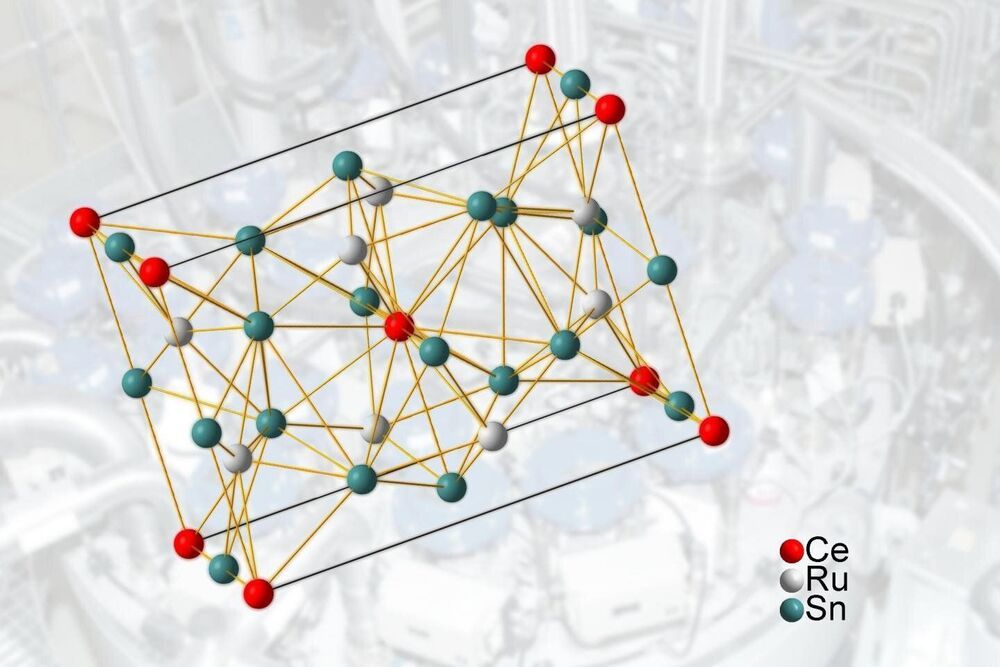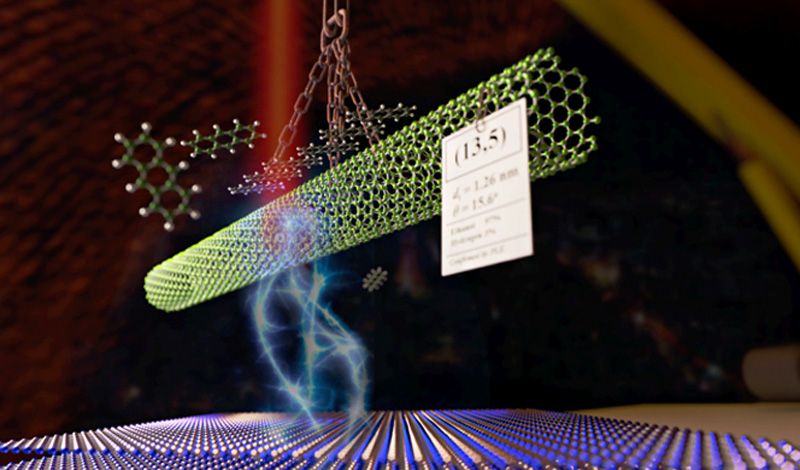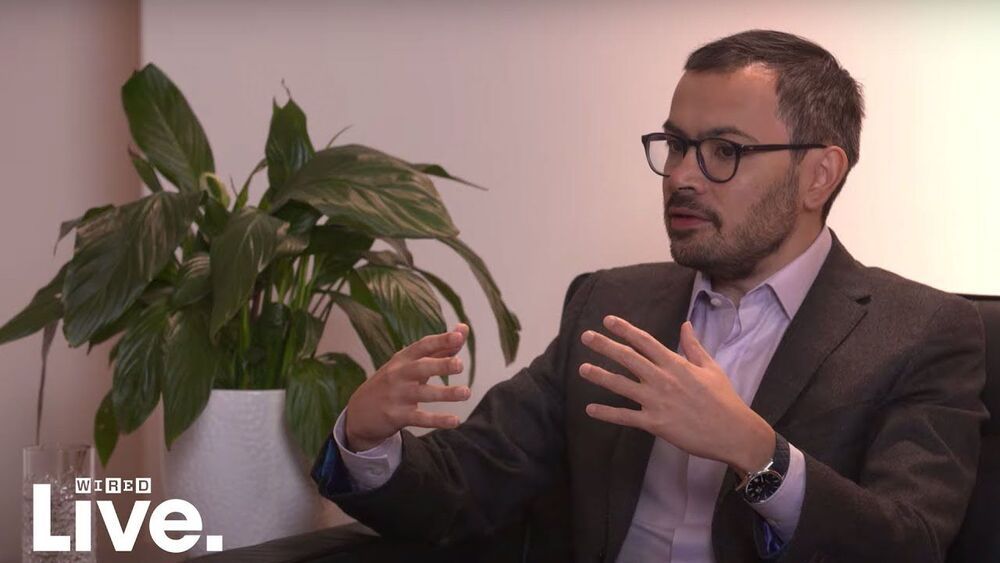Scientists from Japan’s RIKEN Institute have developed a new ‘dry transfer technique’ which enables the precise positioning of optical-quality carbon nanotubes, without needing a solvent.
Bye Aerospace’s eFlyer 800 is a clean-sheet design that will carry eight people, including one or two pilots. The 800 will have two motors, powered by a grid of electric cells across the airframe.
This is the third model in a lineup of electric planes from the Denver-based aerospace firm, but the first with two motors. The eFlyer 2 is a two-seater for professional flight training that was developed when the company launched in 2014, and the eFlyer 4, a four-seater for air taxi and advanced training, came later. Both models have more than 360 orders each.
Vandi Verma has been working on Mars time since 2008. Here are five critical life lessons she has learned along the road.
CAPTCHAs are those little tests of skill that websites use to make sure you’re human and not a bot. Sometimes they ask you to re-enter some blurry text displayed on screen, other times they show you nine images and want you to click on the images that include, say, a boat. There are a bunch of different varieties of CAPTCHA out there, but they all share at least one characteristic: they suck. But what if we lived in a world where CAPTCHAs didn’t suck? Developer Miquel Camps Orteza is presumably the only developer to ask themselves that question, and through doing so, has created an imp-shooting CAPTCHA that actually feels fun to solve. It’s called DOOM CAPTCHA, and it involves shooting three Doom imps within a short (almost too short) period of time. Weirdly, the imp exists in the Wolfenstein universe, but that inconsistency doesn’t matter because no matter where they are, shooting imps is fun.
Shoot imps to prove you’re human.
An american source on this. Russia is way ahead of the USA on these, they were testing these in Syria, and there is no “WE CANT ARM ROBOTS!!” debate over there, they just go ahead and do it.
“In the context of increasing tensions with the United States, China and Russia have clearly made an agreement to expand their technological cooperation, with artificial intelligence playing a key role in their plans for the future,” a new CNA report finds.
Microsoft unveiled new tools for automatically generating computer code and formulas on Tuesday morning, in a new adaptation of the GPT-3 natural-language technology more commonly known for replicating human language.
Deepmind, Co-founder and CEO, Demis Hassabis discusses how we can avoid bias being built into AI systems and what’s next for DeepMind, including the future of protein folding, at WIRED Live 2020.
“If we build it right, AI systems could be less biased than we are.”
ABOUT WIRED LIVE
WIRED Live – the inspirational festival bringing the WIRED brand to life. Hear top-level talks from a curated smorgasbord of scientists, artists, innovators, disruptors and influencers. As we settle into a post-COVID world, WIRED Live will retain the rare combination of WIRED’s journalistic eye, diverse programme, and connections with innovators, designers, strategists and entrepreneurs whilst designed to reach our community remotely, around the world.
CONNECT WITH WIRED
A new study contradicts the origin story of the Milky Way, suggesting that it evolved gradually over time rather than being formed by a giant collision.

## MATHEMATICS • MAY 24, 2021
# *Noise is commonly discarded, but identifying patterns in noise can be very useful.*
*Generalize the Hearst exponent by adding more coefficients in order to get a more complete description of the changing data. This makes it possible to find patterns in the data that are usually considered noise and were previously impossible to analyze.*
*The development of this mathematical apparatus can solve the issue of parameterisation and analysis of processes for which there is no exact mathematical description. This opens up enormous prospects in describing, analyzing and forecasting complex systems.*
*by moscow institute of physics and technology*

## SCIENCE ADVANCES • MAY 24, 2021 # *by Vienna University of Technology*
In everyday life, phase transitions usually have to do with temperature changes--for example, when an ice cube gets warmer and melts. But there are also different kinds of phase transitions, depending on other parameters such as magnetic field. In order to understand the quantum properties of materials, phase transitions are particularly interesting when they occur directly at the absolute zero point of temperature. These transitions are called "quantum phase transitions" or a "quantum critical points."
Such a quantum critical point has now been discovered by an Austrian-American research team in a novel material, and in an unusually pristine form. The properties of this material are now being further investigated.
It is suspected that the material could be a so-called Weyl-Kondo semimetal, which is considered to have great potential for quantum technology due to special quantum states (so-called topological states). If this proves to be true, a key for the targeted development of topological quantum materials would have been found.
This surprising result is probably related to the fact that the behavior of electrons in this material has some special features. "It is a highly correlated electron system. This means that the electrons interact strongly with each other, and that you cannot explain their behavior by looking at the electrons individually.







